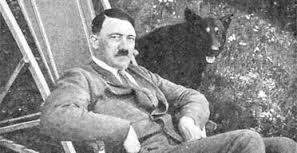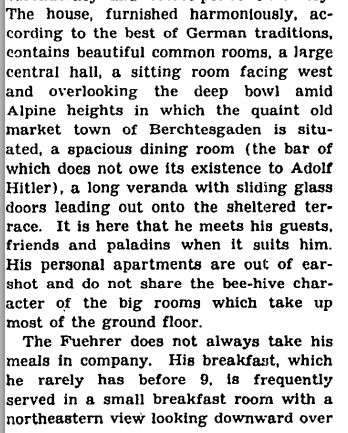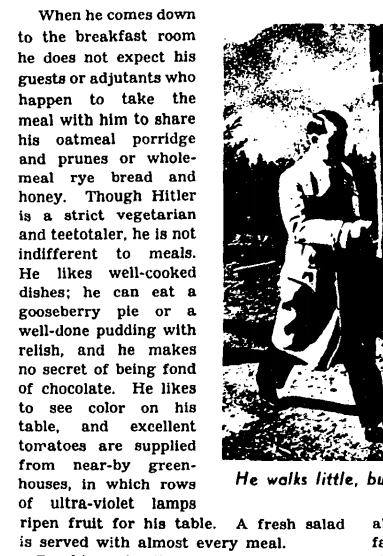One of the nice benefits of having a digital subscription to The New York Times is that it also allows access to the vast archives of the newspaper, dating back to the 1850s. The Times Machine feature also permits you to view actual images of each page of every edition. I much prefer that, since the ads and photographs really transport the reader back in time. A warning, however: this feature can become addictive. I sometimes look for a specific article on a certain date and then end up reading the sports, society pages, obituaries etc. and suddenly realize that hours have gone by. And then there are the unexpected things one finds…
The Sunday, August 20, 1939 edition of the New York Times is full of ominous headlines. Europe was on the brink of war. Here are some of the headlines from the front page:
"Reich Calls Slovak Troops to Army at Polish Border"
"British Ministers to Meet"
"War Moves Go On"
The Developments in Europe"
"Pontiff Still Sees a Chance For Peace"
And on the editorial pages:
"Herr Hitler is Testing Europe's Nerves Again"
"Propaganda Machinery Beats Up Hate Against Poland"
"Fuehrer Speaks Next Sunday"
"British Voter Rules Out 'Second Munich'"
"Appeasement Would Now Be Suicide"
But, turning to the magazine section we find the featured article: "Herr Hitler Alone in the Clouds" with a spectacular photograph of Hitler's "country house", the Berghof. The caption reads:" In a setting of Alpine grandeur sits the Berghof, Herr Hitler's country house." In this amazing piece of Nazi propaganda we learn much about the "softer side" of the Führer. Was this a misguided attempt of the New York Times to present a "fair and balanced" image of the German dictator? Or were they simply satisfying the insatiable interest of Americans in the private lives of celebrities. After all, Adolf Hitler was a celebrity.
We learn about the tasteful decor of the Berghof:
We learn quite bit about the dining habits of der Führer:
And Herr Hitler likes to take his exercise in vigorous walks in the mountains:
Was the Führer lost in thought as he gazed towards the east? Or was he imagining the glorious victories that were awaiting the Reich in Poland and beyond? The readers would learn the truth in just twelve days.






